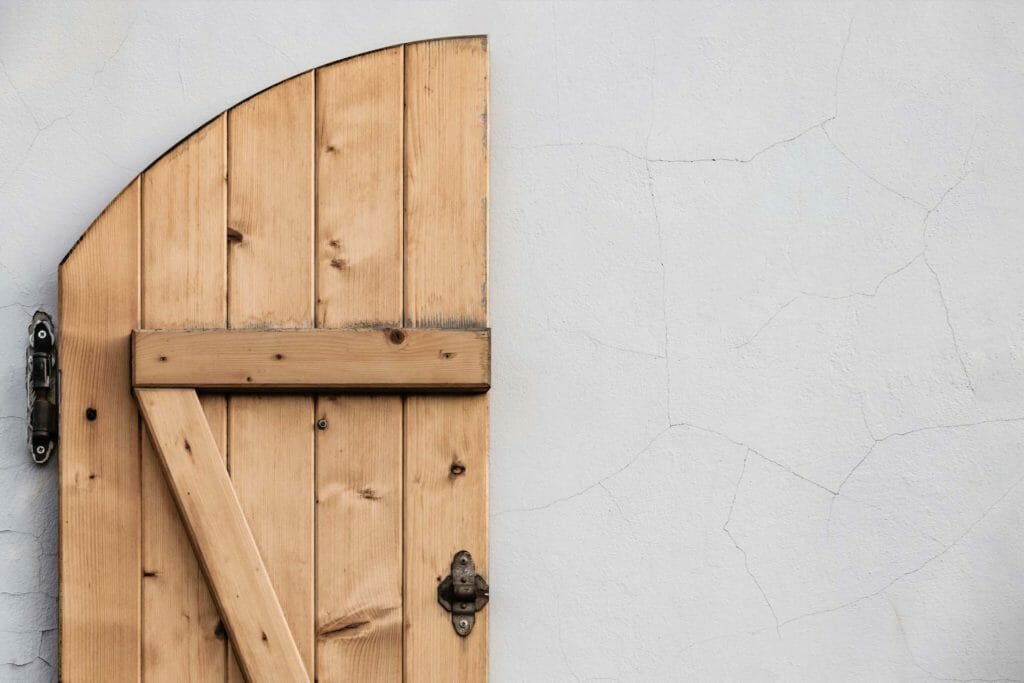
There are a variety of materials used in the construction of walls, including plaster, drywall, and concrete. Regardless of the material used in your home, it is susceptible to vertical cracks in the walls. Older homes typically pose a greater risk simply due to the amount of time the home has been standing, weathering the elements through countless seasons.
While older homes do have a significantly higher chance of developing wall cracks, there is no reason to think newly built properties will not suffer from similar problems. The walls in your newer home can still suddenly start causing problems, and since looking for cracks might not be on your radar, you might be more likely to miss the warning signs.
Be aware of what happens when walls start to crack so you can catch the problem before it becomes catastrophic.
There are two types of cracks concerning for homeowners: horizontal and vertical cracks.
Horizontal and Vertical Cracks
Cracks in the wall itself are a sign of underlying problems. Once you identify cracks, it is vital to get them treated before they get worse. Horizontal cracks often result from soil pressure, while vertical cracks are typically the result of foundation settling.
Foundation issues tend to cause vertical cracks. Treat vertical cracks in walls before they turn into something severe and result in permanent structural damage.
Horizontal cracks tend to move from one wall to an adjacent wall. Cracks compromise a large area of support for the foundation. Horizontal cracks develop from hydrostatic pressure. Both types of cracks indicate structural problems, and there should be no delay in getting them looked at by a professional.
How Do Vertical Cracks in Walls Form?
The soil under each house settles over time, taking approximately two years to fully stabilize. Wall cracks form as this process occurs, and different construction materials contract and expand differently. Cracks will look different depending on what type of material your walls are made from. While this is the primary reason for wall cracks, changing humidity levels and shallow foundations can also cause issues.
When should you start sounding the alarm? According to experts, vertical cracks in walls are natural, but that does not mean you should overlook them. Inspection of newly formed cracks is essential, as well as getting them treated quickly.
How Can You Treat Vertical Cracks in Walls?
There are some temporary DIY fixes for treating vertical cracks in walls, but experts suggest a more permanent solution.
Specialists locate a way for the potential source of moisture to drain to the outside of the basement. They may install a dry well or a drainage system and use a durable urethane to seal cracks permanently. This sealant expands at least 20 times its actual volume, making it ideal for both dry and wet concrete surfaces. They then use foam strips to layer the cracks, to take care of any remaining moisture.
Cracks are threatening to the durability and strength of the property. Ensure you permanently seal and fix vertical cracks in walls. Contact a Kent Foundation Repair expert today for foundation leveling and basement wall repair.
